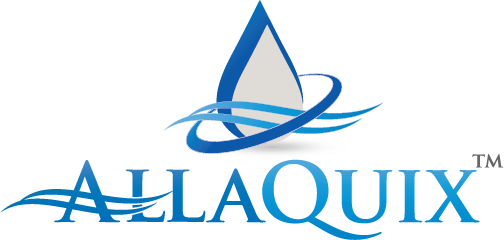What are Chitosan Hemostats?
What is chitosan?
Chitosan-based products are made from chitin, a natural substance found in shellfish. Chitosan has been shown to have many medical benefits, including rapid control of bleeding and infection prevention. It’s also been shown to speed up wound healing.

CHITOSAN HAS A LONG HISTORY AS A HEMOSTAT (BLOOD STOPPER)
Chitosan has a 20+ year history as a hemostat in Surgery and the Military. Chitosan has been used by U.S. military, hospitals, and EMS. Chitosan hemostats have even been carried on Air Force One and by US troops in Afghanistan.
HOW DOES CHITOSAN WORK?
Chitosan works independent of the clotting cascade – which means chitosan will work whether the body is able to clot blood on its own or not. That makes chitosan ideal for people on blood thinners (anti-coagulation therapy like Eliquis, Pradaxa, Coumadin, Xarelto, Plavix, etc.), those who have thin skin or are “bleeders”, or those who have bleeding or clotting disorders, like hemophilia or von Willebrand’s disease.
OPPOSITES ATTRACT! The chitosan fibers have a positive charge. Red blood cells have a negative charge. Once the chitosan gauze is on the wound, the chitosan fibers attract red blood cells. It’s almost like a magnet to get the red blood cells to bind to the chitosan gauze and form a seal over the wound. This tight, stable clot at the site of the wound controls the bleeding.

CHITOSAN HEMOSTATS HAVE BEEN REVIEWED AND CLEARED BY FDA
Chitosan-based hemostats have been cleared by the FDA for use by medical professionals and the general public. Chitosan has been used for many years by medical professionals in surgical and trauma situations to control bleeding. Hemophilia treatment centers also recommend chitosan wound dressings to their patients. There are many medical studies documenting chitosan’s ability to control bleeding, even the most severe bleeding.
WHERE DOES CHITOSAN COME FROM?
Chitosan-based hemostats are made from chitin, a natural substance found in shellfish. Chitosan has been shown to have many medical benefits, including rapid control of bleeding (hemostasis) and antimicrobial activity (infection prevention). Chitosan also helps to speed wound healing. Chitosan-based products come in either powder form to be poured on the wound or in a gauze/bandage form to be placed on the wound. Chitosan is supplied in a sterile form to reduce the risk of infection.
CHITOSAN AND SHELLFISH
Chitosan is derived from shellfish. However, there are no specific warnings for the use of chitosan wound dressings by people with shellfish allergies, but caution is advised. During the process of making chitosan, the protein is removed; it is the protein that causes allergic reactions. Chitosan wound dressings have been used over a quarter of a million times by the U.S. military and no allergic reactions have been reported. A study, published in Military Medicine, found that patients with a shellfish allergy who used a chitosan bandage did not have an allergic reaction. These results were similar to those found in two other studies demonstrating the safety of chitosan-based products in patients allergic to shellfish.
Safety of Chitosan Bandages in Shellfish Allergic Patients
“The results from this study are encouraging and consistent with two previous studies
demonstrating the safety of other chitin-derived products in patients allergic to shellfish.”
